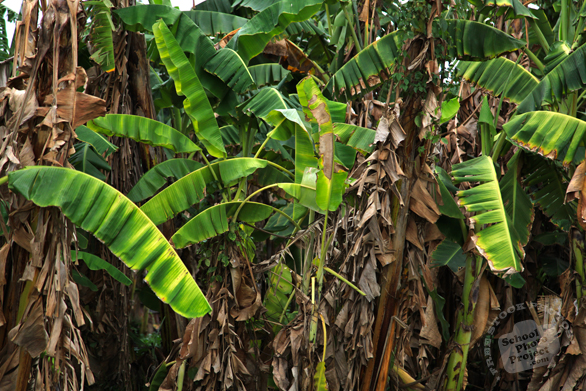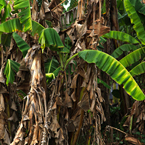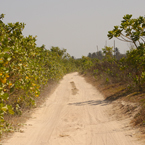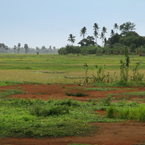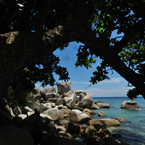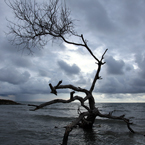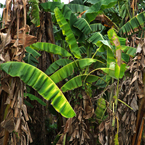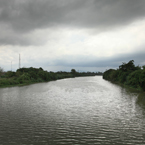Banana
Banana is the common name for herbaceous
plants of the genus Musa and for the fruit they
produce. Bananas come in a variety of sizes and
colors when ripe, including yellow, purple, and
red.
Almost all modern edible parthenocarpic bananas
come from the two wild species – Musa acuminata
and Musa balbisiana. The scientific names of bananas
are Musa acuminata, Musa balbisiana or hybrids Musa
acuminata * balbisiana, depending on their genomic
constitution. The old scientific names Musa sapientum
and Musa paradisiaca are no longer used.
Banana is also used to describe Enset and Fe'i bananas,
neither of which belong to the aforementioned species.
Enset bananas belong to the genus Ensete while the
taxonomy of Fe'i-type cultivars is uncertain.
In popular culture and commerce, "banana"
usually refers to soft, sweet "dessert"
bananas. By contrast, Musa cultivars with firmer,
starchier fruit are called plantains or "cooking
bananas". The distinction is purely arbitrary
and the terms 'plantain' and 'banana' are sometimes
interchangeable depending on their usage.
They are native to tropical South and Southeast
Asia, and are likely to have been first domesticated
in Papua New Guinea. Today, they are cultivated
throughout the tropics. They are grown in at least
107 countries, primarily for their fruit, and to
a lesser extent to make fiber, banana wine and as
ornamental plants.
The banana plant is the largest herbaceous flowering
plant. The plants are normally tall and fairly sturdy
and are often mistaken for trees, but their main
or upright stem is actually a pseudostem that grows
6 to 7.6 metres (20 to 24.9 ft) tall, growing from
a corm. Each pseudostem can produce a single bunch
of bananas. After fruiting, the pseudostem dies,
but offshoots may develop from the base of the plant.
Many varieties of bananas are perennial.
Leaves are spirally arranged and may grow 2.7 metres
(8.9 ft) long and 60 cm (2.0 ft)
wide. They are easily torn by the wind, resulting
in the familiar frond look.
(Source: Wikipedia.org)
|






